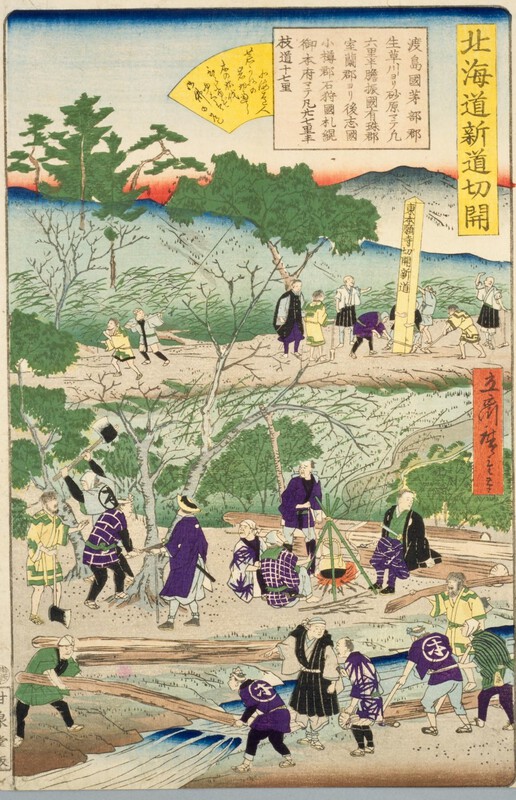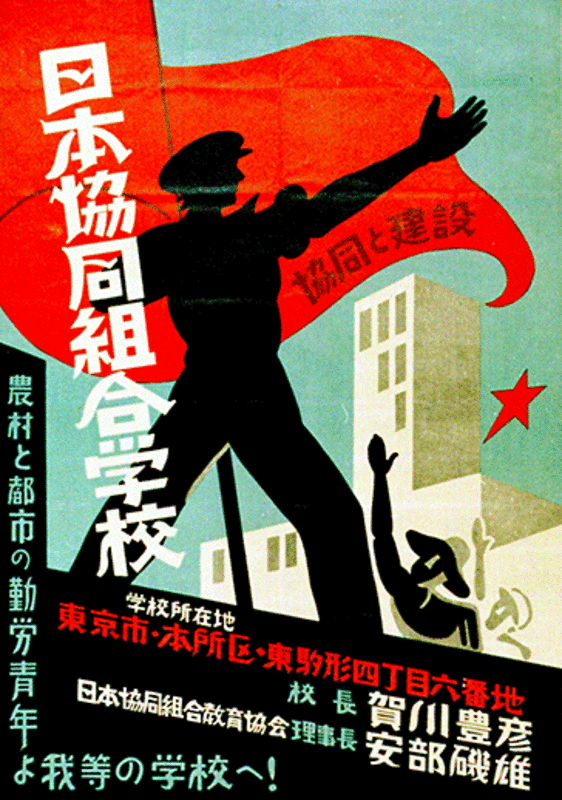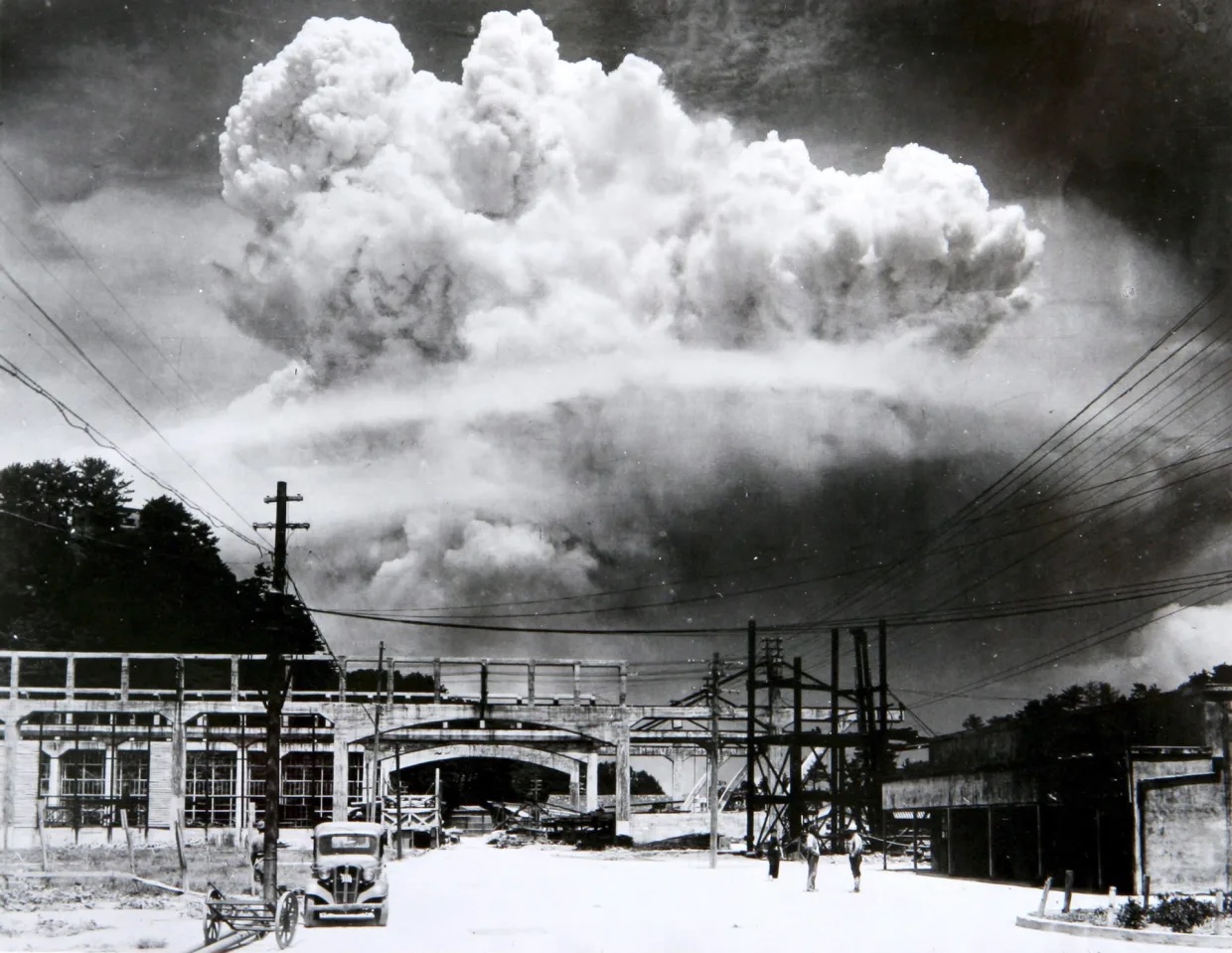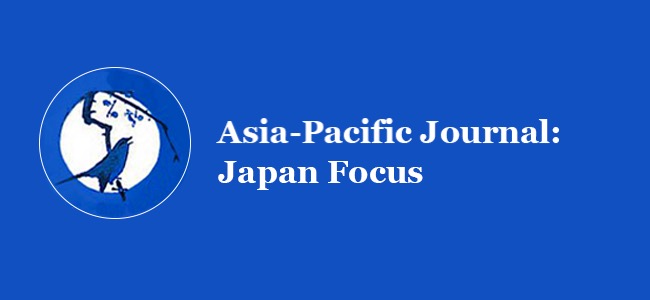[Ed. Note: This article is part of a collection of essays entitled “Critical Reflections on the 80th Anniversary of the End of World War II” published in August 2025.]
Keywords: war memory, atomic bombs, hibakusha, Hiroshima, Nagasaki
The Overton Window in Japanese public discourse is shifting toward more positive interpretations of the Asia-Pacific War, and there may not be a damn thing anyone can do about it.
Over nearly four decades of residence in Japan, I have closely watched the evolution of the Asia-Pacific War’s legacy in Japanese historical consciousness. Since the late 1990s, I have noted a slow erosion of Japan’s once sacrosanct postwar commitment (at least in popular imagination) to pacifism. This process has now reached the point where opinions favoring Japan’s acquisition of its own nuclear arsenal – public utterances that would have been inconceivable to make, even ten years ago – are now openly expressed not only by online crackpots and loudspeaker truck screamers, but calmly and matter-of-factly, in my own personal lifespace, by neighbors, co-workers, and students.
What has caused this shift? One immediate and recent factor is the harsh reality of the Western Pacific strategic situation, as a nuclear-armed China flexes its burgeoning superpower muscle and the American “nuclear umbrella” Japan has depended upon for its mutually-assured-destruction security for the past eight decades is now looking increasingly unreliable in the Age of Trump.
It is also a natural demographic consequence: the last Japanese who experienced the war are now rapidly fading away into advanced senescence and mortality, taking with them their personal testimony as witnesses to man-made catastrophe and the disastrous consequences of bad ideology.
But I also believe there is willful political and ideological effort to get young Japanese to forget about their country’s sad pre-1945 modern history. Since the 1990s, conservative politicians and educational policy bureaucrats have gutted peace education programs about the horrors of war – and particularly, about the horrors of Hiroshima and Nagasaki – that for the first three or four postwar decades were a central facet of civics curricula at elementary and junior high schools across the country.
One critical consequence of this is that the young products of the Japanese education system today know almost nothing about the war – or for that matter, much of anything about Japan’s history since the Meiji Restoration – outside of what they have gleaned from sensational manga comics, maudlin TV dramas and movies, and online clickbait. Their resulting historical ignorance renders them vulnerable to the appeal of a sort of toxic nostalgia, codified in something I call the Japanese Lost Cause tradition, and the Q-Anon-worthy narrative of which goes something like this:
“Our once proud and beautiful country fought the Great East Asia War to liberate Asia from Western colonialism, but it was emasculated by its 1945 defeat and the Allied Occupation’s nefarious nation-building re-education project, which was probably carried out at the urging of Freemasons and Jewish financiers. We will never Make Japan Great Again and get our beautiful macho samurai mojo back until we throw MacArthur’s Peace Constitution in the waste basket, undo all of the cultural rot of the past 80 years, and rid ourselves of the enfeebling psychological baggage of war contrition and pacifism.”
History has heard rhetoric like this before – with a few proper nouns changed here and there – and it has never ended well.
As part of an oral history project, I had occasion to spend several years in the early and mid-2000s in close personal contact – embedded, you could say – with a Yasukuni Shrine-affiliated Japanese war veterans’ organization, the majority of whose members appeared to buy into this narrative wholeheartedly and, one might even say, desperately. This same connection also afforded me an unprecedented close-up and personal perspective on the nexus of political players, media elements, right-leaning public intellectuals and other cultural influencers who have been promoting this narrative basically since the end of the Allied Occupation and pushing to see it inculcated into the identity and worldview of new generations of Japanese.
However, there continue to be significant roadblocks to a final triumph of this long-game conservative campaign for young hearts and minds, a milder version of which has been a bedrock platform item for the Liberal Democratic Party since its founding in 1955. And of these roadblocks, the legacy of the atomic bombs is, I believe, the biggest and, at least so far, most insurmountable. But this roadblock has one significant vulnerability: it has traditionally depended heavily on the moral weight of – and almost universal sense of solemn reverence given to – the living memories of Hiroshima and Nagasaki atom bomb survivors or hibakusha, as they are known in Japanese. But those living memories are now rapidly disappearing.
Some years back, I watched a video on YouTube of then Prime Minister Shinzo Abe making a speech at an August 6 memorial ceremony in Hiroshima. On the page, one viewer comment caught my eye. It said: Kōiu no wa, ittai, itsu made yaranakereba naranai no ka? (“How much longer do we have to keep doing these damn things?”).
At first, I could not believe that any Japanese person could make such a statement, and I dismissed it offhand as the work of an internet troll. But the comment stayed with me. Giving it more thought, I came to realize the source of the angry poster’s agita: Hiroshima and Nagasaki memories are Lost Cause kryptonite. They are utterly incapable of being glorified and romanticized, and their bottom-line message — that war is literal hell, and must never be repeated — is irrefutable. To wit, if you want a reliable barometer for gauging the ideological slant of any given player in Japanese public war memory discourse, look at whether or not they emphasize Hiroshima and Nagasaki in their rhetoric. Lost Cause narrative champions never do. And if they had their way, those events would be permanently expunged from Japanese collective memory.
This campaign of willful historical amnesia must not be allowed to succeed; not only for Japan’s sake, but for the world’s.
Since 2016, I have conducted oral history research with Japanese, Chinese, and Korean hibakusha. Early on in this project, I had the great fortune of securing the cooperation of Nihon Hidankyō – the national hibakusha organization that would later win the 2024 Nobel Peace Prize — in introducing me to hibakusha who were willing to talk about their wartime experiences. Since I wanted testimony from people with detailed memories of 1945, my interview subjects were already in their mid-80s or older when I first met them. The handful who are still alive in 2025, and whose precious and irreplaceable personal memories have yet to disappear into the mists of advanced age, are now in their mid-90s. They are, quite literally, the last witnesses of Hiroshima and Nagasaki – the last living human beings who can give firsthand testimony about those cataclysmic historical events, serving as messengers of peace – with unimpeachable moral authority – by reminding us of the horror of nuclear weapons. Not only Japan’s political stability but possibly even the survival of civilization itself may depend upon the preservation of their voices.




